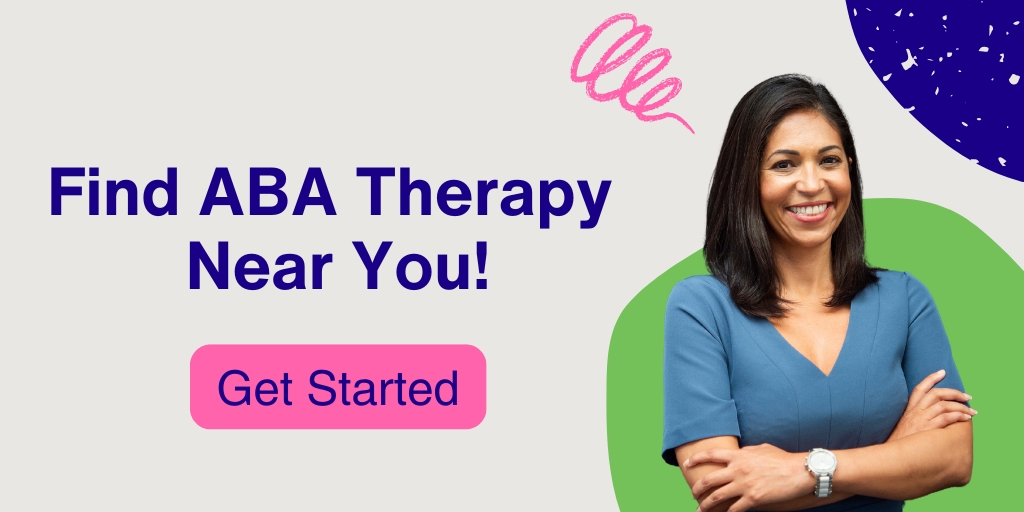According to CDC Autism Data, Autism Spectrum Disorder (ASD) affects approximately 1 in 36 children in the United States. For many of these children, behavioral challenges such as aggression, self-injury, tantrums, noncompliance, and repetitive behaviors can create significant obstacles in daily life. These behaviors often serve a purpose, such as expressing unmet needs or coping with sensory overload, but they can strain family dynamics, hinder learning, and limit social opportunities.
Applied Behavior Analysis (ABA) therapy has emerged as a cornerstone of autism treatment, offering a structured, evidence-based approach to reducing these behavioral challenges while fostering skills that enhance independence and quality of life. This article explores how ABA therapy works, its proven benefits, and the importance of delivering it with compassion and respect for neurodiversity.
What Is ABA Therapy?
ABA therapy is rooted in the principles of behavioral science, which posits that behaviors are learned through interactions with the environment and can be modified through systematic interventions. Developed in the 1960s, ABA has been refined over the decades to become a flexible, individualized treatment for children with autism. It focuses on improving socially significant behaviors, those that impact a child’s ability to communicate, socialize, and function effectively in various settings.
ABA therapy is delivered by trained professionals, typically Board Certified Behavior Analysts (BCBAs) or Registered Behavior Technicians (RBTs) supervised by BCBAs. These professionals create tailored treatment plans based on a child’s unique needs, strengths, and challenges.
The therapy can be implemented in various settings, including homes, schools, and community environments, ensuring that skills learned are applicable to real-world situations.
How ABA Therapy Targets Behavioral Challenges
Behavioral challenges in children with autism can vary widely, from physical aggression to repetitive behaviors like hand-flapping or rocking. These behaviors often serve a function, such as communicating a need, seeking sensory input, or avoiding overwhelming situations.
ABA therapy addresses these challenges through a variety of evidence-based techniques:
Functional Behavior Assessment (FBA)
Therapists conduct an FBA to identify the purpose of a behavior. For example, a child might throw tantrums to gain attention or avoid a task. Understanding the “why” behind the behavior allows therapists to develop targeted interventions.
Positive Reinforcement
This core ABA strategy involves rewarding desired behaviors to encourage their repetition. Rewards can include verbal praise, a favorite toy, or access to a preferred activity. For instance, a child who uses words to request a break instead of screaming might receive a sticker or extra playtime.
Teaching Alternative Behaviors
ABA focuses on replacing problematic behaviors with appropriate alternatives. For example, a child who bites their hand when anxious might be taught to use a stress ball or practice deep breathing exercises.
Antecedent-Based Interventions
By modifying the environment or routines, therapists can prevent triggers for challenging behaviors. Providing clear instructions, visual schedules, or a calm space can reduce anxiety and prevent meltdowns.
Differential Reinforcement
This technique reinforces desired behaviors while withholding reinforcement for undesired ones, gradually reducing the frequency of problematic behaviors.
Extinction
When a behavior’s reinforcement is removed, it tends to decrease over time. For example, ignoring attention-seeking tantrums (while ensuring safety) can reduce their occurrence.
These techniques are tailored to each child, ensuring that interventions are both practical and respectful of their individual needs. According to a 2023 publication by Joshua Jessel & Valdeep Saini, “Handbook of Applied Behavior Analysis for Children with Autism,” ABA interventions significantly reduced tantrums and aggression in children with autism, particularly when implemented early.
Evidence Supporting ABA Therapy
Decades of research support the effectiveness of ABA therapy in reducing behavioral challenges and improving outcomes for children with autism. Below is a summary of key findings from recent studies and meta-analyses:
| Study/Source | Publication Year | Key Findings |
| Research in Autism Spectrum Disorders | 2018 | Analyzed 154 studies and found ABA interventions significantly improved adaptive behavior, including reductions in problem behaviors like aggression and self-injury, while enhancing communication and social skills (ScienceDirect). |
| BMC Psychiatry | 2023 | A meta-analysis of 11 studies with 632 participants showed medium to significant effects of comprehensive ABA interventions on intellectual functioning and adaptive behavior, critical for reducing behavioral challenges (BMC Psychiatry). |
| Journal of Autism and Developmental Disorders | 2021 | Found that early and intensive ABA (20-40 hours/week) correlated with significant reductions in tantrums, aggression, and noncompliance (Springer). |
| National Autism Center – National Standards Project | 2015 | Identified ABA as an established evidence-based practice for reducing challenging behaviors and teaching functional skills (National Autism Center). |
These studies highlight ABA’s ability to address behavioral challenges while fostering skills that improve a child’s ability to navigate daily life. The National Autism Center and the U.S. Surgeon General have both endorsed ABA as a best practice for autism treatment, citing its robust evidence base.
The Importance of Early Intervention
Early intervention is a critical factor in the success of ABA therapy. Research consistently shows that starting ABA before age four can lead to better outcomes in reducing behavioral challenges and building foundational skills. A 2010 study found that early intensive behavioral intervention (EIBI), a form of ABA, resulted in significant gains in IQ, language development, and adaptive behavior compared to control groups.
Early intervention allows therapists to address behavioral challenges before they become entrenched, making it easier to teach alternative behaviors and prevent long-term difficulties. For example, a child who learns to communicate their needs verbally at age 2 is less likely to resort to tantrums or aggression as they grow older.
Unlock Your Child’s Potential with Applied ABC
ABA therapy offers a powerful, evidence-based approach to reducing behavioral challenges in children with autism. Through techniques like positive reinforcement, functional behavior assessments, and environmental modifications, ABA helps children replace problematic behaviors with constructive alternatives. Research confirms its effectiveness in improving adaptive behavior, communication, and social skills, particularly when started early.
At Applied ABC, we are dedicated to helping children with autism reach their full potential. Our experienced team of compassionate clinicians provides tailored support to develop essential skills, boost confidence, and ensure success in both social and academic environments.
Begin your child’s journey to a brighter future today. Contact us at 866-352-5010 or fill out our online application form to discover how we can make a lasting difference in your child’s life.





